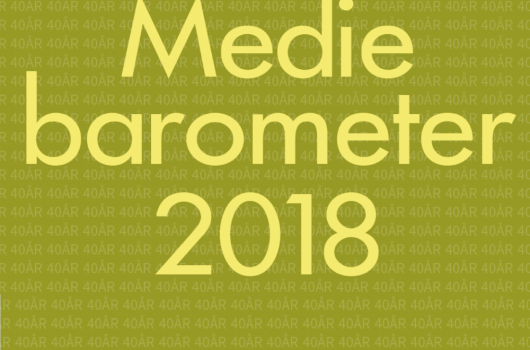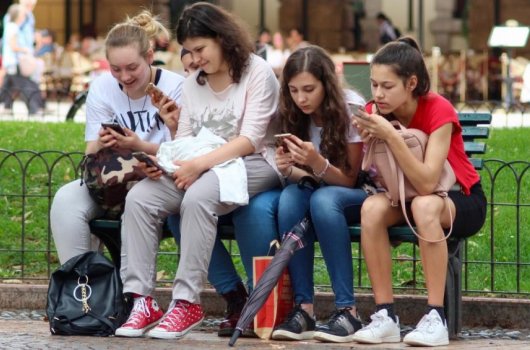Category: Publications from Nordicom

Hyperlocal media does not replace discontinued local news media
While local news media outlets are closing down, the ecosystem of new digital media providing local news is growing. But the new hyperlocal media is usually found in areas that already have local papers and other news outlets, and their economic situation is often unpredictable. Therefore, hyperlocal media rarely become substitutes for discontinued local news media. These are some of the conclusions from a new collection of studies on hyperlocal media published by Nordicom.Big differences in Swedish and Danish media coverage of #MeToo
In Sweden, the hashtag #MeToo created a snowball effect of demonstrations and debates requiring political change, to which Swedish politicians responded by participating in the debate. In Denmark, media coverage was far less extensive and more critical of #MeToo, according to a new study published by Nordicom at the University of Gothenburg.Cultural journalism was important when reporting on the terrorist attacks in Paris
Cultural journalism played an important role in the Swedish reporting of the terrorist attacks in Paris in 2015, according to a new study published by Nordicom at the University of Gothenburg. By focusing on the context of the events with a more interpretative approach, it contributed to highlighting aspects such as democratic values and emotional solidarity. But the border between regular news and cultural journalism could soon be erased.
The Swedish Media Barometer: 40 years
The Media Barometer (Mediebarometern) is an annual survey focusing on how the Swedish population aged 9 to 79 uses media on traditional and digital platforms on an average day. The survey was first conducted in 1979, and has since been conducted every year; this makes the Media Barometer the oldest study of its kind in the world.The Media Barometer: First Results 2018
The Swedish Media Barometer is an annual survey that analyses daily media use on different platforms among the Swedish population. Here are the first results from the 2018 survey.
New book explores digital media inequalities
Digital technologies are currently changing the way we talk to one another and the way organisations and politics communicates with citizens. But digital does not necessarily mean better understanding. In a new Nordicom anthology, researchers from across Europe explores new inequalities created by the digital transformation.
Difficult for teenagers to identify fake news online
According to a new study published in Nordicom Review, many young people in Sweden find it difficult to identify fake or partial news online. The young people who considered themselves good at finding information online were the ones who did worst in the survey.MedieSverige 2019 – a comprehensive overview of today’s media landscape in Sweden.
Since the millennium, digitalisation has been a major game-changer for the media industry as well as for its audiences. The publication MedieSverige 2019 [MediaSweden 2019] gives the reader an up-to-date and broad overview of today's Swedish media landscape.
